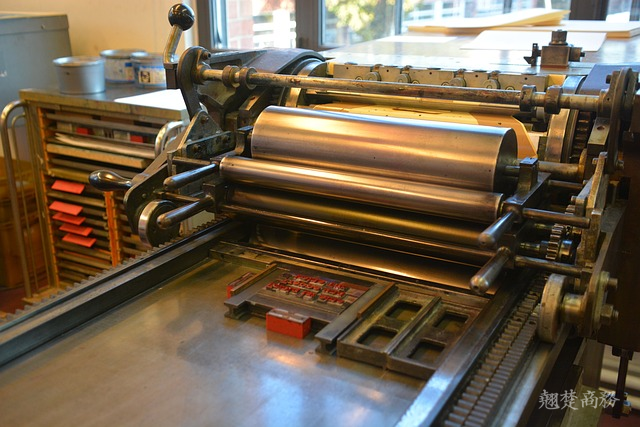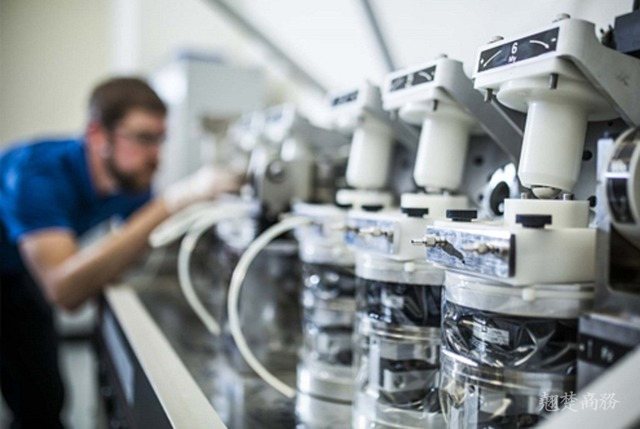Indian electronics manufacturing industry spans medical electronics, consumer electronics, mobile phones, and industrial electronics. The Indian electronics industry is spearheading its technological advances backed by innovation and manufacturing might. Here are a few top trends shaping electronics manufacturing as the sector leverages new opportunities and meets challenges.
Internet of Things

IoT presents a revolutionary opportunity for the domestic and offshore electronics manufacturing industries. The Internet of Things is expanding its role across several industries and applications. It will continue to find its applications in diverse processes as more devices become IoT-compatible.
The Internet of Things (IoT) reduces manufacturing costs and enables any electronics contract manufacturing service to improve efficiency and safety. The Internet of Things will be more relevant as India embraces 5G technology. It will facilitate seamless communications between IoT-compliant devices.
The IoT will help implement manufacturing processes that were inconceivable with legacy approaches. PCB assembly manufacturers and other component manufacturers can explore new opportunities to produce sensors that are vital components enabling IoT devices.
AI-powered solutions

Artificial Intelligence contributes to semiconductor and PCB manufacturing growth by boosting the demand for AI-enabled electronics components and improving design and manufacturing processes. AI technology enables electronics manufacturers to meet the challenges of reshaping product development cycles. Adopting Artificial Intelligence mitigates downtime by allowing the implementation of predictive maintenance.
Advanced printing technologies

Advanced PCB manufacturing technology is crucial to mitigating manufacturing costs to print electronic components on semiconductor substrates. New trends in electronics manufacturing technologies involve the search for solutions to improve traditional electronic printing technologies.
Startups can leverage the vast opportunities in this segment by developing innovative electronic printing solutions involving flexible films and conductive links to eliminate the need for tiny wires as circuits in conventional semiconductors.
Automation

Electronics manufacturers in India are exploring ways to enhance automation by leveraging Artificial Intelligence to reduce operational costs. Automation helps boost speed and service levels across multiple steps in supply chains.
Supply chain automation, the use of manufacturing robots, coupled with massive data from IoT devices, can enhance operational efficiencies. Automation technologies will soon be commonplace as demand for faster and more cost-efficient manufacturing grows.
Overseas manufacturing

Thanks to the zero COVID strategy and skyrocketing wages in China, several offshore electronics manufacturing companies are reconsidering their choice of location. India is an attractive option for these companies, which is clear from the fact that it became the world's second-largest mobile phone manufacturing country, manufacturing over 31 crore mobile phones in 2022.
Apple has plans to shift its manufacturing vase to India. Foxconn is setting up a manufacturing unit in Bengaluru to produce EV components and iPhone parts by investing $700 million. Indian electronics contract manufacturing service companies must meet global quality standards to meet the growing demand for electronic components because of the universal shortage of components.
Technological advances in medical devices

The COVID-19 pandemic underlined the need to develop medical devices suitable for use by patients. Companies manufacturing medical devices must adopt consolidation to create user-friendly, connected, and smaller devices that use sensor technology. There is a rising demand for smart and connected devices to monitor personal health.
Using innovative technologies helps manufacturers reduce costs. Smart and smaller healthcare devices present new avenues for diversification in 2023 and beyond. Manufacturers of electronic components should focus on miniaturization to explore novel applications in the healthcare and automobile sectors.
Sustainable electronics

Climate change and global warming are 'hot' topics, literally. Every sector is planning ways to reduce its carbon footprint by encouraging the use of environment-friendly green technologies. The total contribution of the electronics industry to greenhouse gas emissions is four percent.
Reducing energy consumption, harnessing solar or wind energy to generate energy, and using recyclable components are a few solutions to mitigate carbon footprint. There is an emerging trend of substituting inorganic electronics with organic options. Organic electronics ensure cost and energy efficiency. The future trend in electronics manufacturing will involve using recyclable and biodegradable materials.
The takeaway
Industrial electronics, consumer electronics, automobile, healthcare, and mobile phones are the main growth drivers of electronics industry. Trends in electronics manufacturing reflect the development and adoption of new technologies. The ability to adapt to the changes determines the company's potential to respond to the trends and stay ahead of the competition.
Several new trends, like miniaturization and embedded systems, will transform electronics manufacturing. Domestic and offshore electronics manufacturing companies will continue to explore new ways to embrace innovation by leveraging Artificial Intelligence, automation, and the Internet of Things. The focus on digitalization will drive resource optimization for more efficient and sustainable manufacturing processes.
